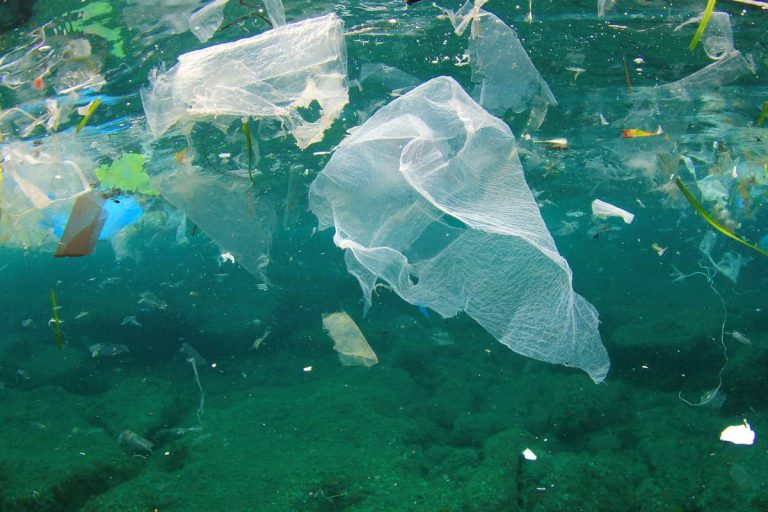The ocean covers two-thirds of our planet and is home to an astonishing array of unique animal and plant species. From the microscopic phytoplankton which form the basis of the marine food chain, to the immense blue whale – the largest animal to have ever inhabited our planet – the biodiversity in our ocean is truly staggering.
We rely upon the ocean for the oxygen we breathe, the food we eat and the water and atmospheric cycles that sustain all life on earth. Yet despite being the lungs of our planet, growing pressures driven by unsustainable human activity are creating significant losses in wildlife, and contamination and destruction of once pristine environments.
In the 20th century alone, an estimated 2.9 million great whales were killed by the commercial whaling industry, thought to be the largest destruction of biomass in human history, with some species including the blue whale reduced in population size by up to 90%. This dramatic decline prompted the International Whaling Commission (IWC) to adopt an international moratorium on commercial whaling in 1982. One of the world’s most successful conservation and welfare measures, the moratorium has saved several whale species from extinction. However, some countries continue to pursue commercial whaling in violation of the moratorium, placing pressure on the IWC to overturn it.




